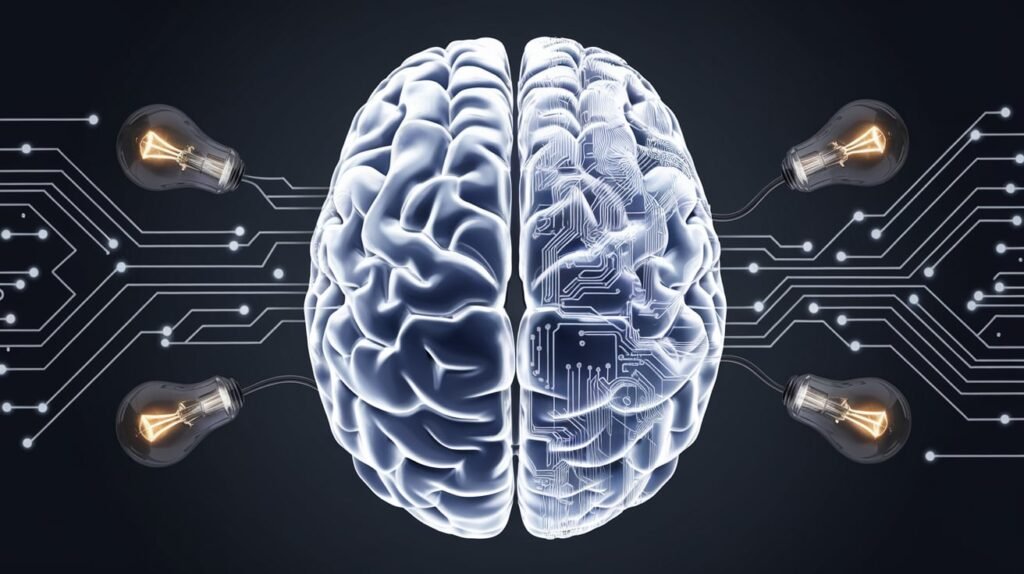Understanding the AI Black Box Problem
AI enables machines to mimic human intelligence by learning, reasoning, and making decisions. A key subset of AI is Machine Learning (ML), which powers many of these experiences by identifying patterns and making predictions based on large volumes of data—without explicit programming.
However, complex ML algorithms can often function as black boxes, producing outcomes without clear insights into how decisions were made. This lack of transparency raises concerns about reliability, fairness, and accountability, especially in areas where AI-driven decisions significantly impact people’s lives, such as healthcare, finance, and law enforcement.
What is Explainable AI?
Explainable AI (XAI) refers to AI systems that provide understandable and interpretable explanations for their decisions. The goal is to ensure users can trust and comprehend the outputs of machine learning models, fostering credibility and accountability, especially in high-stakes applications.
Why is Explainable AI Important?
XAI plays a critical role in:
- Building Trust & Acceptance – Users are more likely to adopt AI when they understand its decision-making process.
- Reducing Bias & Promoting Fairness – AI models trained on biased data can produce unfair results. XAI helps identify and correct such biases.
- Improving Model Performance & Debugging – Transparency helps detect errors and enhance accuracy.
- Ensuring Regulatory Compliance – Industries like healthcare and finance must comply with strict regulations that require explainability in decision-making.
- Enhancing Human-AI Collaboration – Clear explanations help users work more effectively with AI systems.
Explainable AI in Action
Consider a loan application process: A traditional AI model might approve or deny a loan without explanation. XAI, however, could highlight factors like credit score, debt-to-income ratio, and payment history that influenced the decision. This allows users to understand, challenge, or improve their standing.
Similarly, an AI system diagnosing a disease in healthcare must explain why it reached a particular conclusion—helping doctors make informed decisions rather than blindly trusting the model.
Techniques for Explainable AI
XAI methods can be classified into two main categories:
- Model-Agnostic Methods (work across different AI models)
- LIME (Local Interpretable Model-Agnostic Explanations) – Identifies the most influential factors behind a prediction by modifying input data and observing changes.
- SHAP (Shapley Additive Explanations) – Uses game theory to determine the impact of each input feature on an AI model’s decision.
- Model-Specific Methods (tailored to specific AI models)
- DeepLIFT – Explains decisions in deep neural networks by comparing neuron activations to a baseline.
- Grad-CAM – Highlights important regions in an image used by convolutional neural networks for classification.
Challenges in Explainable AI
Despite its benefits, developing explainable AI comes with challenges:
- Model Complexity – Many AI models, intense learning systems, involve intricate computations that are difficult to interpret.
- Accuracy vs. Explainability Trade-Off – Simpler models are easier to explain but may be less potent than complex models.
- Interpretability Gap – Technical explanations may not be understandable to non-experts.
- Bias in Explanations – Explanatory models themselves can introduce or amplify biases.
- Evolving AI Landscape – AI is rapidly advancing, making it challenging to create adaptable XAI techniques.
Future of Explainable AI
As AI continues to evolve, so does the demand for greater transparency and accountability. Key trends shaping the future of XAI include:
- Human-Centered Explainability – Tailoring AI explanations to different user expertise levels through visualizations and interactive explanations.
- XAI-by-Design – Developing inherently explainable AI models instead of adding explanations afterwards.
- Causal Reasoning & Counterfactuals – Understanding not just “what” but “why” AI makes certain decisions.
- Regulatory Standards – Governments will likely enforce stricter regulations requiring explainability in AI-powered systems.
Transforming Businesses with AI
Companies like Kanerika leverage advanced AI technologies to enhance operational efficiency and drive innovation. With expertise in Machine Learning and Generative AI, Kanerika provides tailored solutions for businesses worldwide, ensuring that AI is powerful and explainable.
Final Thoughts
Explainable AI is not just a technical necessity but essential for building trust, ensuring fairness, and promoting responsible AI adoption. As AI systems become more prevalent in decision-making, XAI will play a crucial role in shaping a future where AI is transparent, reliable, and accountable.





